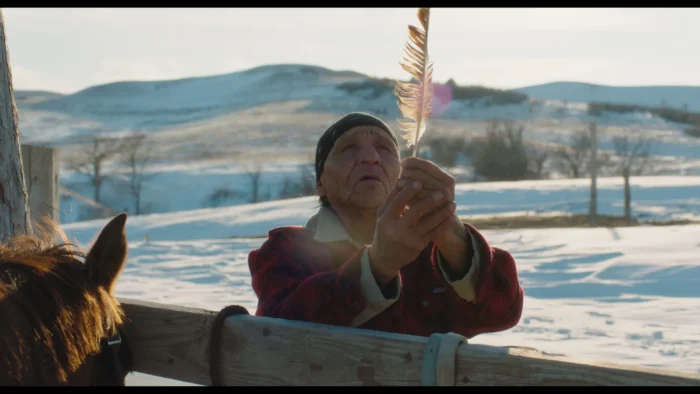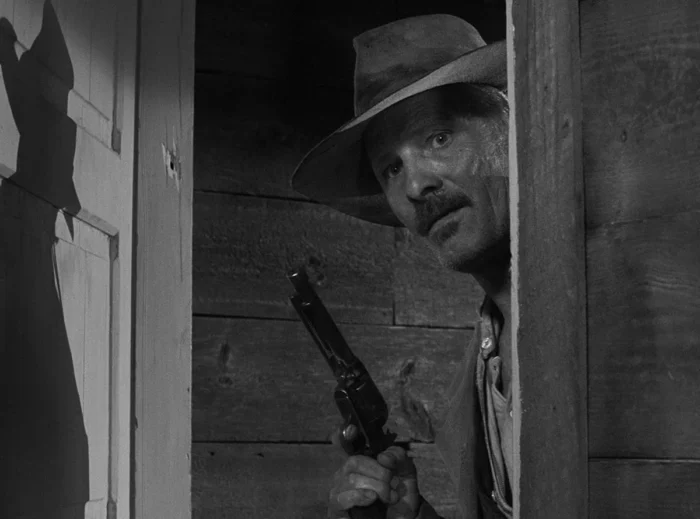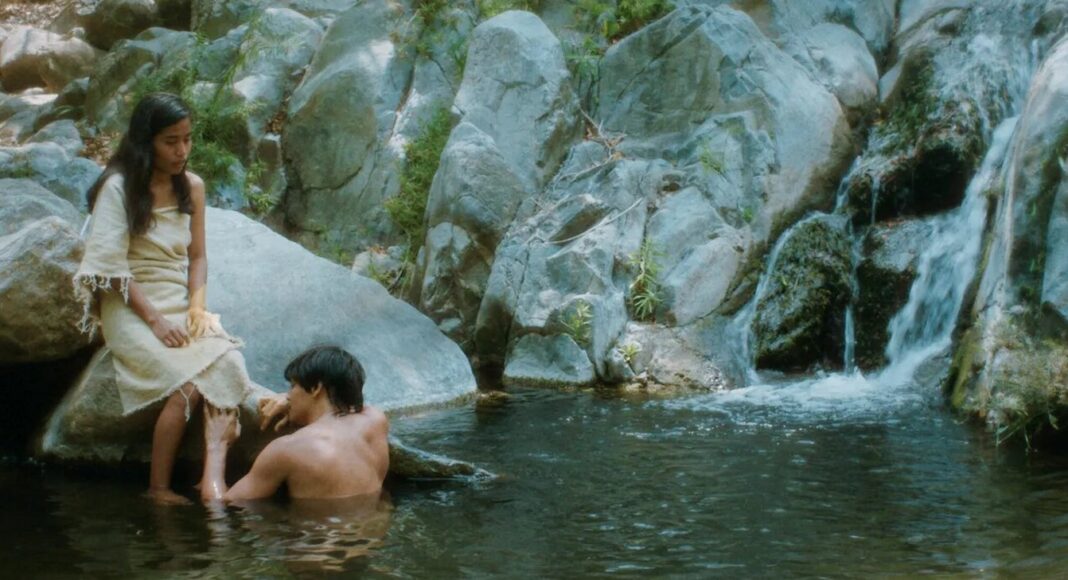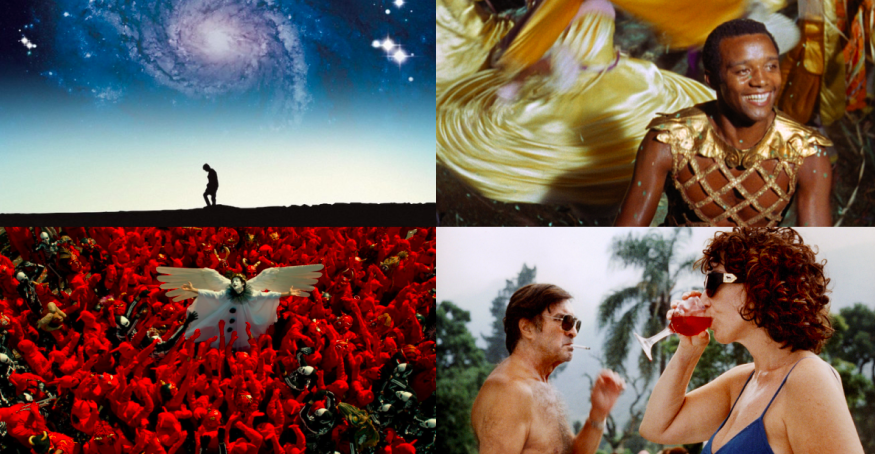A cowboy arrives in a village in search of his daughter, a native policewoman arrests various offenders in a snowy landscape while her niece, a basketball coach, reunites with her grandfather for a decisive journey that will shape her future, a bird flies through time and space and begins to enter the minds and dreams of a native tribe in the Amazon Forest.
Lisandro Alonso’s film, ‘Eureka,’ intricately weaves together three distinct plots set in different parts of the Americas over different eras, presenting us with challenging and thought-provoking transitions across various genres. Alonso himself recommended that viewers shouldn’t try to reason, and rather just allow their senses to be delighted. It is a sensorial ride into the unknown, out in select UK cinemas from February 16.
The two-and-a-half-hour-long film, presented in Cannes this year and featured at nearly two dozen prestigious film festivals across Europe and the Americas, is the fruit of the Argentinian director’s audacious imagination, fulfilled by a talented international crew of actors and cinematographers. The film uses a hotchpotch of filming techniques and resources, is set in various locations, and brings together both seasoned (Viggo Mortensen) and novice (Adanilo Costa) actors whose performance does not disappoint.
The cinematography immediately immerses you in the plot. On many occasions the camera shoots from behind; in scenes where an old Native American climbs a mountain or a young man makes his way through the deep of the forest, you feel like you’re right behind them.
Throughout the film the brilliant use of chiaroscuro cinematography (from the Italian for “light-dark” – the use of strong contrasts between light and dark areas to create visually striking and dramatic effects) helped to establish a clear contrast between virtuousness and vice; good and evil; exemption and atonement; pristine nature and exploitation.

In all three segments, light and sound effects are instrumental to emphasizing the beauty of unspoiled nature, as well as to reinforce the good nature of the main characters, creating a clever contrast to their oppressive reality and dimmed surroundings, hinting at their hardships. The use of this technique portrays the huge toll that colonization and Western conceptions of progress have taken on native communities and the environment.
This second segment effectively pinpoints grave issues plaguing young people –and specifically Native youth in North America– which are tied up with discrimination and belonging: extreme poverty, drug and alcohol addition, juvenile delinquency, teenage pregnancy, and suicide. Alonso filmed on location in the Pine Ridge Reservation, cast local actors, and decided to shoot in an actual drug house, all of which added an extra dimension of realism to the story. Alaina Clifford, who plays the policewoman Alaina, and Sadie Lapointe, her on-screen niece, are members of the Sioux community here. They play two courageous women who have reached their limit while trying to rescue distressed citizens and reintegrate them into their community.
Alonso’s main goal was to cover a huge expanse of time to pinpoint the oppression suffered by native tribes all over the Americas. However, both the initial and concluding segments exhibited a certain lack of depth. The director aspired to capture a black-and-white Western aesthetic, but these star-studded portions border on a somewhat stereotypical caricature. In the third segment, Alonso makes a well-founded reference to the 1970s military government in Brazil, which was a particularly oppressive period for Indigenous people in Brazil, and touches on illegal mining activity, which remains a major source of concern and has caused a devastating impact on deforestation. But some of the details seem off. The clothing worn in this segment isn’t reminiscent of that of a Brazilian tribe. Perhaps this is a result of the Argentinian director’s artistic freedom and organic approach to his work, or of his attentions being focused on exposing with marked realism the harsh reality faced by members of South Dakota’s Pine Ridge Reservation depicted in the second segment of the film – undoubtedly, the most compelling segment of Eureka.

Lisandro Alonso allowed his imagination to fly high by literally giving wings to one of his heroines, providing us with a captivating bird’s-eye view into the lives of these Native communities. The only problem is that we’re kept in suspense pending an outcome. I wanted more from the story, yet Alonso left much still to be explored. Hopefully this is not the last we’ll hear from Officer Alaina. She deserves to return in a sequel. She still has a lot to say.


